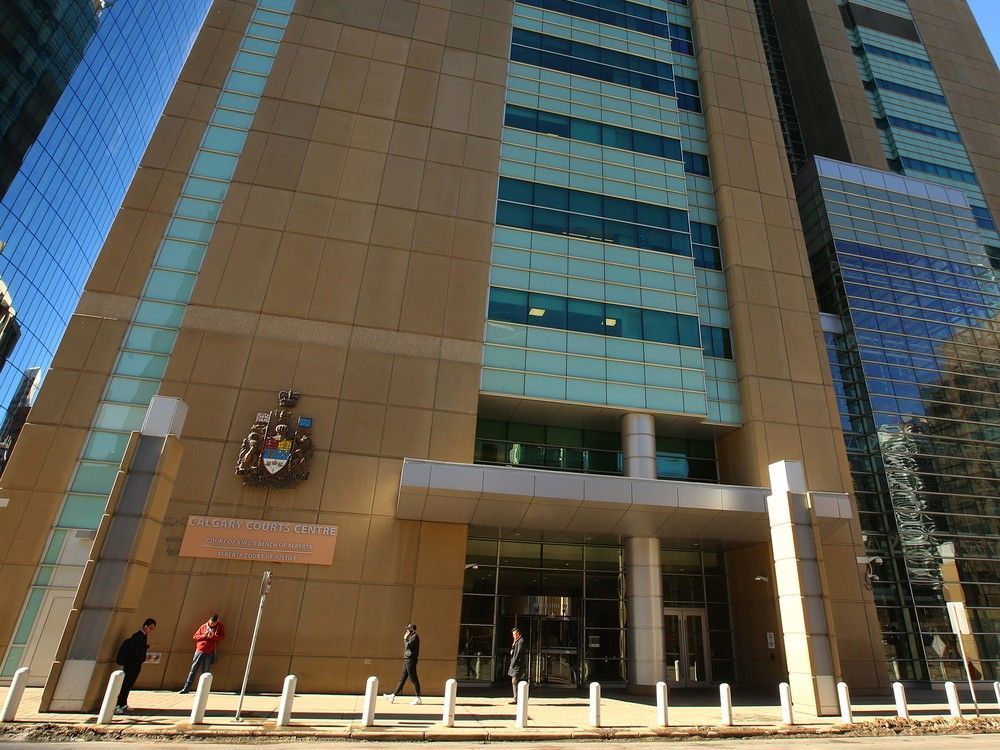Navigating the Legal Labyrinth: Recent Developments in Law and Justice
The legal landscape is continuously evolving, influenced by societal changes, technological advancements, and cultural shifts. This article dives into the pressing issues within the realm of law, shedding light on recent judicial decisions and legislative changes that have caught the public’s interest.
Landmark Cases Reshaping Justice
In recent months, several landmark cases have emerged that are set to redefine boundaries within the legal arena. Among these is the case that turned the spotlight on personal liberties versus state powers. Legal experts suggest that the implications of this trial could reverberate across multiple jurisdictions, influencing future rulings on individual rights and governmental oversight.
“This case is not just about one individual; it’s about how our justice system balances personal freedoms with the need for public safety.”
Moreover, a fresh ruling on copyright laws has brought about a shakeup in how digital media is consumed and shared. As creators and companies wrestle with the complexities of intellectual property, the courts are being called to clarify and adapt long-standing laws to the digital age. This shift underscores the necessity for ongoing dialogue between lawmakers and industry leaders to ensure compliance and innovation continue in tandem.
Emerging trends in the legal landscape.
Legislative Responses to Social Change
Legislators are increasingly responsive to the clamor for justice reform from the public, leading to an avalanche of new bills aimed at addressing systemic inequalities within the justice system. Areas such as bail reform, sentencing guidelines, and police accountability are being scrutinized. Advocacy groups have championed these changes, urging elected officials to consider the far-reaching impact of their decisions.
As activists press for judicial reforms, public opinion is increasingly falling in favor of more equitable legal structures. The outcome of these legislative efforts may well depend on how effectively stakeholders can communicate the benefits of proposed reforms to a broader audience, bringing about an informed electorate.
The Rising Influence of Technology in Law
The integration of technology into legal practices has reached unprecedented levels, transforming how law firms and courts operate. From artificial intelligence in legal research to blockchain applications ensuring secure transactions, technology is propelling the industry into a new era. However, this rapid progression also raises questions about ethics and privacy.
Instances of data breaches and misuse of tech resources are prompting regulators to take a closer look at how these technologies are employed. As such, a balance must be struck to harness the efficiency of new technologies while safeguarding against potential abuses.
Technology reshaping legal practices.
Conclusion: The Path Forward for Law and Justice
The interplay between laws and societal expectations continues to evolve, presenting a fascinating chapter for legal professionals and the public alike. As we observe these developments unfold, the role of informed citizens cannot be overstated. Awareness of legal changes is crucial not only to navigate personal disputes but also to foster a community where justice serves all its members effectively. Legal observers will be watching closely as future court decisions and legislative moves further clarify the intricate dance between law and society.
This dynamic landscape illustrates our times; we can either choose to engage and influence it or merely become collateral in its wake.


 Photo by
Photo by 












